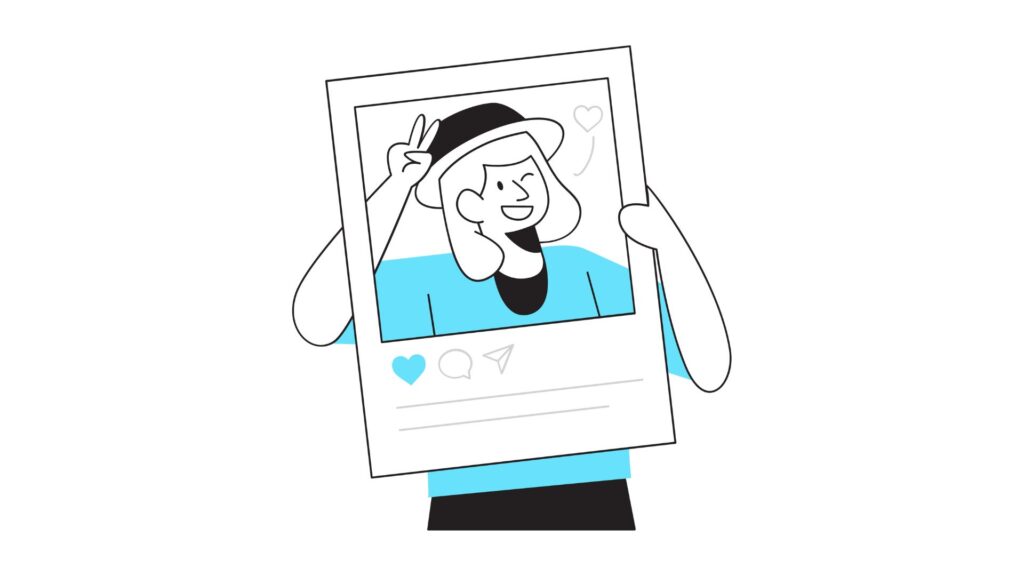End Consumer: Understanding Their Role, Preferences, and How to Connect with Them

In today’s consumer-driven market, the end consumer plays a pivotal role in shaping products, services, and entire business strategies. Businesses are increasingly focusing on understanding their end consumers’ preferences, habits, and purchasing motivations to build lasting connections and achieve sustainable growth. This article unpacks what defines the end consumer, why their needs are essential, and how companies can better cater to them through targeted strategies, mindful marketing, and a customer-centric approach.
What Is an End Consumer?
The end consumer is the final user of a product or service, who buys or uses it without intending to resell it. End consumers differ from intermediary buyers, such as wholesalers or retailers, in that they make purchases primarily for personal use rather than for distribution or resale. Recognizing and catering to the end consumer helps brands create products and marketing messages that directly address their needs and desires.
For more on catering to target audiences, our article on what are marketing objectives outlines the foundational goals that businesses can set to reach consumers more effectively.
Why Understanding the End Consumer Is Essential for Businesses
Getting to know the end consumer allows companies to design products that align with consumer needs, craft marketing campaigns that resonate, and ultimately, foster brand loyalty. Here’s why this knowledge is crucial:
- Product Development: Products designed with consumer input tend to perform better because they meet real needs.
- Marketing Efficiency: Understanding consumers enables targeted campaigns, reducing wasted advertising dollars.
- Brand Loyalty: Consumers who feel understood are more likely to become loyal customers.
- Competitive Advantage: A deep understanding of the end consumer helps brands stand out in crowded markets.
For more insights into reaching various audience segments, read our post on 13 tips for using data analytics, which discusses strategies to leverage data for audience insights.
Checklist: How to Better Understand Your End Consumer
Understanding the end consumer involves a mix of research, data analysis, and direct engagement. Here’s a checklist to guide you:
- Define Target Segments: Break down your broad audience into manageable segments based on demographics, interests, and purchasing habits.
- Collect Consumer Feedback: Use surveys, interviews, and focus groups to gather insights into consumer needs.
- Analyze Purchasing Behavior: Leverage data analytics to understand buying patterns and preferences.
- Track Industry Trends: Stay informed about broader trends that influence consumer behavior.
- Use Customer Journey Mapping: Identify key touchpoints in the consumer journey to optimize engagement.
For more ideas on analyzing customer preferences, our article on the benefits of instant communication and sales explores tools that enhance real-time customer engagement.
Common Mistakes in Understanding the End Consumer (And How to Avoid Them)
Despite best efforts, companies often make mistakes in understanding their end consumers. Here are five common pitfalls and tips for avoiding them:
- Relying on Assumptions
Mistake: Assuming you know what consumers want can lead to misguided strategies. Solution: Base decisions on consumer data rather than assumptions. Regularly update your data for current insights. - Ignoring Customer Feedback
Mistake: Not taking consumer feedback seriously can cause a disconnect. Solution: Treat feedback as a resource for improvement. Implement consumer suggestions where possible. - Overlooking Emotional Triggers
Mistake: Focusing only on logical reasons for purchases, like price or features. Solution: Consider emotional drivers like brand values or customer experience that often guide buying decisions. - Failing to Segment the Audience
Mistake: Treating all consumers the same can make your efforts feel generic. Solution: Create marketing segments that allow for more personalized messages and offers. - Neglecting Long-Term Trends
Mistake: Ignoring trends like sustainability or digital convenience. Solution: Identify and incorporate long-term trends in product design and messaging.
Our article on 14 tips for starting an affiliate website offers additional insights into segmenting and understanding your target audience effectively.
Myth Busting: Common Misconceptions About the End Consumer
It’s easy to hold misconceptions about the end consumer, especially with rapid market shifts. Here are some myths and the realities behind them:
- Myth: “Consumers only care about price.”
Reality: While price is a factor, quality, convenience, and brand reputation often carry more weight in buying decisions. - Myth: “End consumers rarely research products.”
Reality: Today’s consumers frequently research products before buying, especially online, to compare features, reviews, and prices. - Myth: “Brand loyalty is dead.”
Reality: Though options abound, consumers remain loyal to brands that deliver consistent quality and engage with them meaningfully. - Myth: “Consumers don’t notice sustainability efforts.”
Reality: Eco-conscious consumers increasingly prefer brands with sustainable practices, making it an influential factor in purchasing. - Myth: “Digital engagement isn’t essential for all brands.”
Reality: Digital presence is now vital across industries; consumers expect brands to engage online.
For more on building effective strategies, see our post on the 7 best SEO tactics for a digital agency, where we dive into methods for boosting digital engagement and visibility.
The Pros and Cons of Focusing on the End Consumer
To maintain a consumer-centric approach, it’s useful to weigh the benefits and drawbacks of prioritizing the end consumer in your business strategy.
| Pros | Cons |
|---|---|
| Builds brand loyalty through customer-focused practices | May limit innovation due to consumer-led product ideas |
| Enhances customer satisfaction and retention | Requires continuous market research, which can be costly |
| Creates a competitive advantage | Can create dependency on current trends that may shift |
| Increases word-of-mouth recommendations | Consumer feedback may not always be actionable |
| Provides data for more effective marketing | Overemphasis on pleasing consumers may dilute brand identity |
Understanding both the upsides and potential challenges of consumer-focused strategies helps businesses create balanced, sustainable approaches that keep the consumer at the heart of operations.
Similarities and Differences Between End Consumers and Business Buyers
The end consumer and business buyer have distinct differences, yet they share some similarities as well. Let’s look at a comparison:
| Aspect | End Consumer | Business Buyer |
|---|---|---|
| Purchase Motivation | Personal satisfaction, convenience | Meeting organizational needs |
| Buying Process | Shorter, more impulsive | Longer, involving multiple decision-makers |
| Price Sensitivity | High sensitivity to pricing | Often less price-sensitive due to budgets |
| Brand Loyalty | Strong loyalty to trusted brands | Loyalty to suppliers based on reliability |
| Purchase Frequency | Lower for durable goods | Higher frequency for operational items |
These distinctions can guide marketing strategies that appeal to either consumer type, enhancing engagement and conversion.
To read about the nuances of targeting business clients, check our post on product comparison, which explores strategies for positioning products to different audiences.
Best Practices for Engaging the End Consumer
Effectively reaching the end consumer involves more than just understanding them; it’s about continuous engagement, delivering quality experiences, and fostering loyalty. Here are best practices to ensure consumer satisfaction:
- Personalize Communication: Use personalized emails, offers, and ads that cater to specific consumer interests.
- Be Transparent: Provide detailed information about products, sourcing, and company values to build trust.
- Leverage Social Proof: Incorporate reviews, testimonials, and case studies to reassure and persuade.
- Embrace Sustainability: More end consumers value eco-friendly practices, making sustainability a plus, which highlights the importance of forestry software solutions that promote responsible forest management, optimize resource use, and support conservation efforts.
- Streamline the Buying Process: Simplify the purchasing process to enhance user experience and reduce cart abandonment.
For insights on integrating eco-friendly strategies, refer to our article on the benefits of instant communication and sales, where we discuss aligning with consumer expectations in today’s market.
Resources for Understanding the End Consumer
To deepen your knowledge of the end consumer, consider these tools and resources:
- Google Analytics: Track consumer behavior on your website, identifying top products and user engagement.
- Qualtrics: Great for conducting consumer surveys, helping gather specific feedback and insights.
- HubSpot CRM: Allows for tracking interactions with customers, leading to data-driven marketing efforts.
- Statista: Offers industry reports and consumer behavior insights, providing context on market trends.
- Social Media Monitoring Tools: Tools like Hootsuite allow for tracking consumer conversations about your brand and products.
Final Thoughts on Engaging the End Consumer
The end consumer is more than a buyer—they’re the heart of your business, so treat them right!



